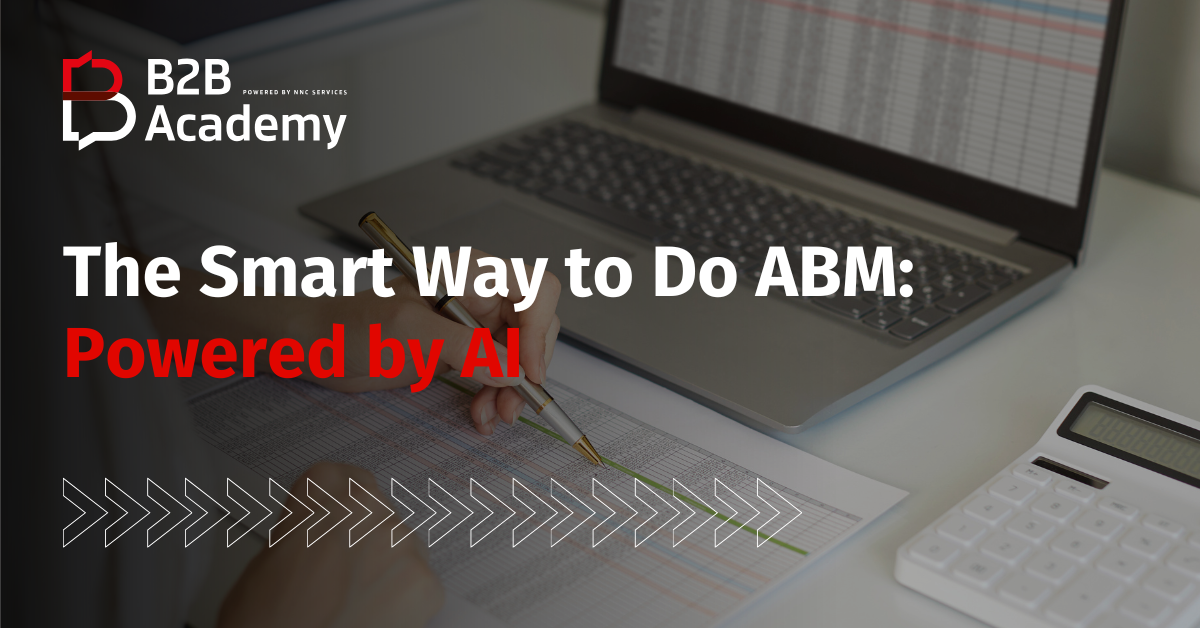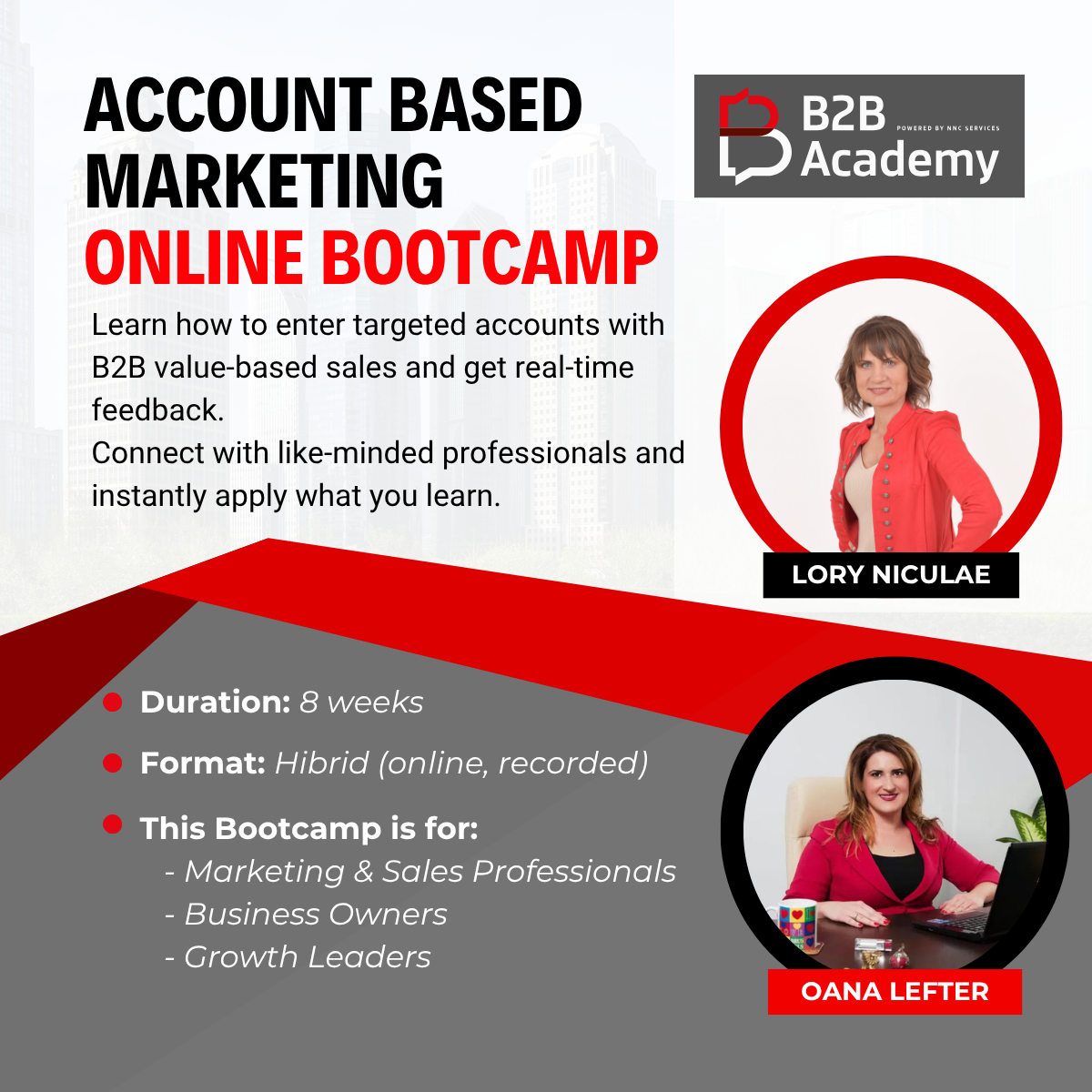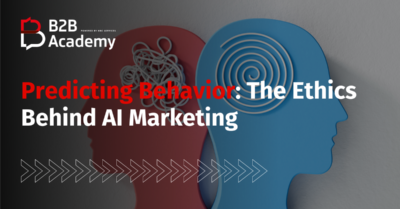In B2B marketing, there’s one universal truth: prospecting takes time. Hours of research, endless LinkedIn searches, manual email lists, and countless “maybes” that rarely become meetings. If you’ve ever ended a week with a full inbox but no real leads, you’re not alone.
That’s exactly why Account-Based Marketing (ABM) has become the preferred approach for teams who care about quality over quantity. But in today’s data-heavy landscape, even ABM needs a smarter edge, and that’s where artificial intelligence steps in.
AI isn’t here to replace marketers. It’s here to give you precision, clarity, and speed. In this post, we’ll explore how AI brings ABM into a new era, where prospecting feels less like searching for a needle in a haystack and more like working with a magnet that knows exactly where to look.
1. Why Traditional Prospecting No Longer Works
Let’s be honest, traditional prospecting can feel a bit like guesswork. You identify a few target companies, send out your best pitch, and hope someone on the other end is both interested and available.
The problem is that buying behavior has changed. Decision-makers are harder to reach, and their research starts long before they talk to your sales team.
So, if you’re still relying on static lists and manual outreach, you’re missing the opportunity to act on the right signals,the kind that reveal who’s most likely to buy right now.
Here’s what’s changed in the modern ABM environment:
- Buyers expect personalized, relevant outreach, not generic templates.
- Timing is everything. Prospects respond only when the message meets their current needs.
- Data is everywhere, but without context, it’s just noise.
That’s where AI brings value: by filtering the noise, identifying intent, and helping you prioritize the accounts that truly matter.
2. Turning Data Overload into Direction
If you’ve ever looked at a CRM with thousands of records and thought, “Where do I even start?”, you’re already halfway to understanding the need for AI in ABM.
AI tools can analyze thousands of data points from website visits and social activity to engagement patterns and tell you which accounts are most likely to convert.
Instead of relying on instinct, you can make data-driven decisions about where to focus your time and effort.
AI-driven prospecting helps you:
- Identify intent signals that show when a company is actively researching your solution.
- Prioritize accounts that match your Ideal Customer Profile (ICP).
- Predict timing, helping you reach out when prospects are most receptive.
This doesn’t just save time. It changes the way you allocate resources. Your team spends more time talking to qualified leads and less time sending messages into the void.
And yes it feels good to finally have your pipeline filled with people who actually want to hear from you.
3. Personalization at Scale: The AI Advantage
One of the most common misconceptions about ABM is that it’s only for large enterprise deals that require months of planning. But with AI, that’s no longer the case.
AI makes it possible to personalize outreach at scale, not through robotic automation, but through context-driven messaging.
For example, AI can analyze what a potential account has been searching for, which competitors they’re engaging with, and what topics they’re discussing online. You can then tailor your communication to fit that exact scenario.
Here’s what this looks like in practice:
- AI suggests email topics or outreach angles based on current buyer interests.
- Messaging dynamically adapts to reflect account priorities.
- Content recommendations shift as prospects move through the funnel.
You’re not just sending messages. You’re having timely, relevant conversations that feel natural and insightful, the kind that make prospects think, “They really get what we’re facing.”
 4. The Predictive Side of Prospecting
4. The Predictive Side of Prospecting
Have you ever wished you could know which prospects were likely to close before you even reached out? That’s not wishful thinking anymore, it’s predictive analytics.
AI models use historical data and behavioral patterns to estimate a lead’s likelihood to convert. These predictions help you:
- Score leads automatically, so your sales team knows who to prioritize.
- Plan outreach sequences around probability, not random order.
- Forecast revenue potential from each targeted account.
Think of it as prospecting with a built-in compass. Instead of walking in circles, you move straight toward the opportunities that have measurable potential.
And the best part? The more data you collect, the smarter your predictions become. It’s like having an extra team member who gets better at their job every single week without ever taking a coffee break.
5. Building a Predictive ABM Framework
If you’re wondering how to actually apply this, here’s a simplified framework that many B2B teams use when implementing AI in their ABM strategy:
Step 1: Define Your ICP Clearly
List your top-performing clients. Identify common traits: company size, industry, budget, decision-maker roles, and buying cycle. Feed this information into your AI tools to train them on what “qualified” really looks like.
Step 2: Collect and Connect Data Sources
Bring together data from your CRM, website analytics, email marketing tools, and social platforms. The broader your data pool, the sharper your AI insights will be.
Step 3: Prioritize Accounts Using Predictive Scoring
Use AI models to rank accounts by their conversion potential and readiness to buy. Focus on the top 20–30% first.
Step 4: Personalize Outreach
Leverage AI-driven insights to tailor your campaigns from subject lines to call scripts based on each account’s behavior and preferences.
Step 5: Measure, Learn, and Refine
AI thrives on feedback. Review your results weekly and adjust your targeting based on new data. Over time, your system will become more accurate and efficient.
This cycle creates a self-learning process that makes every campaign smarter than the last.
6. AI and Human Collaboration: The Winning Formula
Here’s the truth: AI can process data faster than any marketer, but it still can’t replace human judgment, creativity, or empathy. The best ABM strategies combine both data-driven precision from AI and human insight from your team. AI handles the “who” and “when,” while you focus on the “how” and “why.” You’re still the one who crafts the story, builds relationships, and closes deals.In other words, AI doesn’t take your job; it makes your job more strategic. It lets you spend more time connecting with real people and less time on repetitive admin work.
7. The Real Payoff: Predictable Growth
When AI becomes part of your ABM process, results stop feeling random. You can measure your outcomes, forecast pipeline health, and prove ROI with confidence.
Teams using AI in ABM typically report:
- 30–50% faster prospecting cycles
- 2–3x higher engagement rates
- A measurable increase in marketing-to-sales conversions
That’s not hype, it’s what happens when focus meets automation.
AI isn’t changing ABM, it’s refining it. By removing guesswork and sharpening your focus, AI gives your marketing and sales teams the structure they need to grow consistently.
So the question isn’t if you should integrate AI into your prospecting strategy. It’s how soon?




